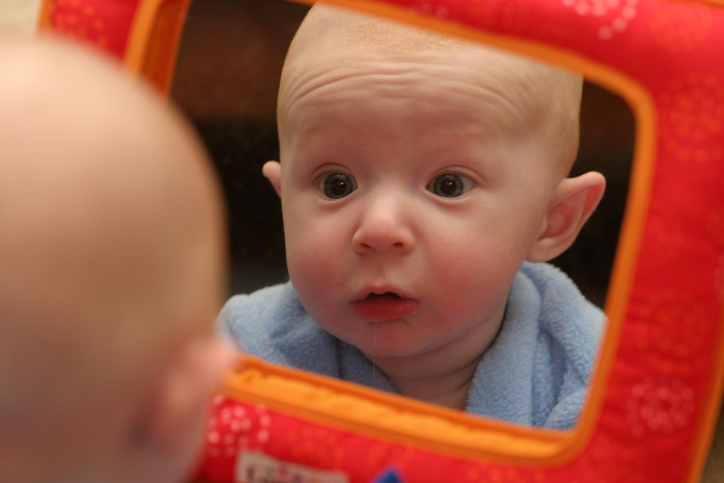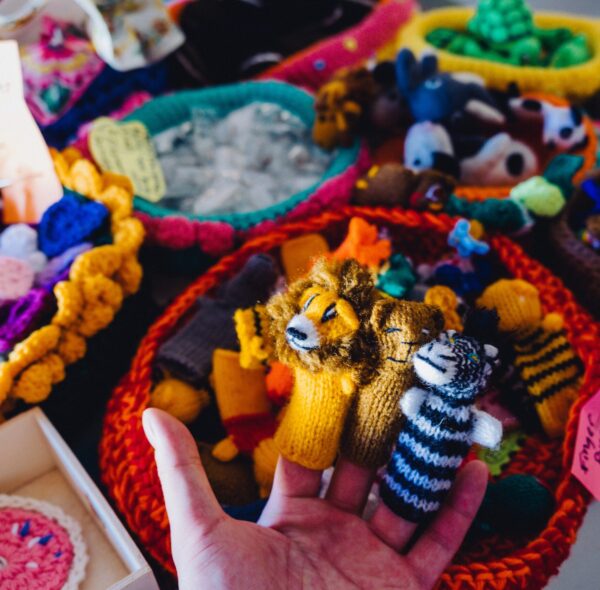That’s me in the mirror! New research offers insights into baby’s self recognition

Most babies begin to recognise themselves in the mirror at around 18 months of age, and this self recognition is an important developmental milestone, which researchers have recently learned is driven in large part by experiences of touch.
Scientists from the The University of Texas at Austin have discovered that babies who were prompted to touch their own faces developed self-recognition earlier than those who did not.
“This suggests that babies pulling on their toes or tapping their fingers are not just playing,” senior author Professor Jeffrey Lockman said. “They are developing self-awareness through self-directed activity. I think this work demonstrates a possible mechanism by which self-recognition can develop based on active experience that human babies naturally generate.”
Researchers began by placing small vibrating discs on the foreheads and cheeks of toddlers when they were around 14 months old, before the usual age at which self-recognition occurs. In response to the vibration, the children would reach up and touch the disc. Next, researchers turned the children to face a mirror and watched as they reached up to touch the discs.
Researchers then had the children perform the standard mirror-mark test for self-recognition in which a small mark of paint or makeup was placed on each child’s face. If the child looked in the mirror and touched the mark on their own face or said words like their name or “me,” they demonstrated self-recognition.
Researchers also observed a control group of children who were exposed to the laboratory experience with mirrors but not the vibrating discs. Both groups were comparable at the beginning of the study and observed monthly until they recognized themselves or reached 21 months.
The children who touched their face more frequently recognized themselves in the mirror about two months earlier, on average, than when children typically first begin to recognize themselves in a mirror.
The study challenges a longstanding assumption that self-recognition in early childhood is somehow hardwired. For a long time, scientists believed early recognition in the mirror was a built-in function of human brains and those of our closest primate relatives, versus linked to sensory or motor experiences.
The researchers believe the findings may have implications for interventions for children with motor development delays.
“Interventions for infants who have issues related to motor skills are typically focused on reaching for objects in the external world and manipulating them,” Professor Lockman said. “These findings suggest that reaching to the body may be equally important and that exploring the body is the gateway to self-knowledge.”
Popular

Quality
Practice
Provider
Research
Workforce
Honouring the quiet magic of early childhood
2025-07-11 09:15:00
by Fiona Alston

Policy
Practice
Provider
Quality
Workforce
Minister Jess Walsh signals urgent action on safety and oversight in early learning
2025-07-11 08:45:01
by Fiona Alston

Workforce
Policy
Quality
Practice
Provider
Research
The silent oath: Why child protection is personal for every educator
2025-07-17 09:00:31
by Fiona Alston











